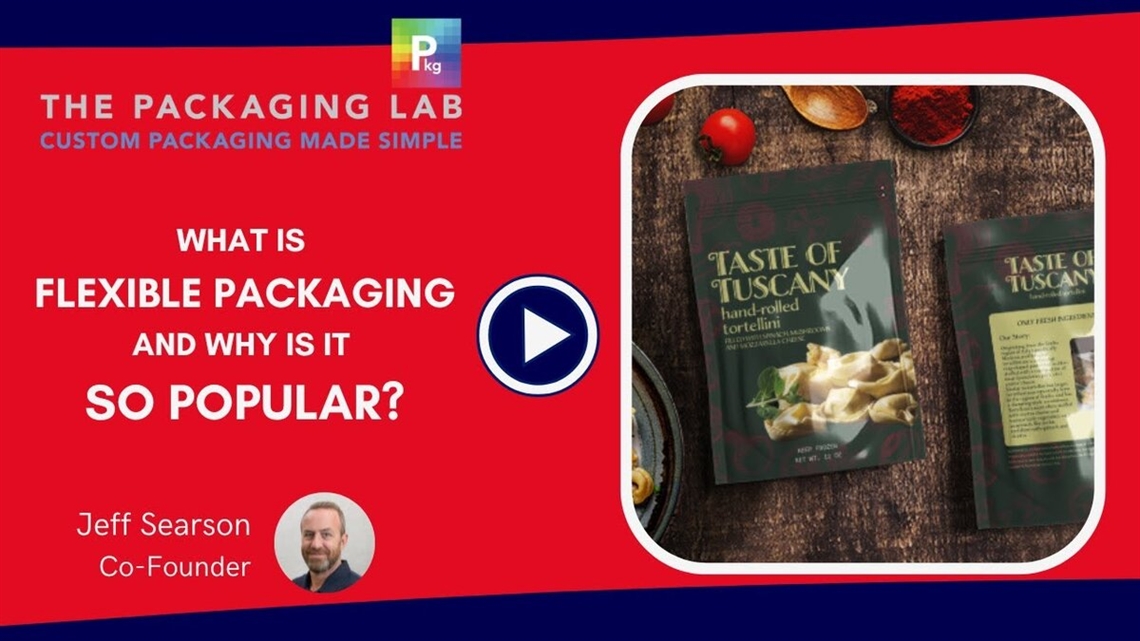What Is Flexible Packaging, and Why Is it So Popular?
12 February 2025
Flexible packaging is at the forefront of modern innovation, offering practical solutions for both businesses and consumers. With its adaptable design, lightweight materials, and efficient storage capabilities, this packaging approach has become a staple across countless industries. Let’s dive into what makes flexible packaging so essential and why it continues to grow in popularity.
What Is Flexible Packaging?
Flexible packaging refers to a type of packaging made from pliable materials such as plastic films, laminates, or paper. It can be molded into various shapes, including pouches, bags, or packets, and is designed to hold a wide range of products. Unlike rigid containers, flexible packaging is lightweight, compact, and adaptable, making it an efficient and versatile choice.
Key Features of Flexible Packaging
- Lightweight design: Ideal for reducing shipping costs and improving portability.
- Space-saving: Takes up minimal storage space, even when empty.
- Customizable options: Tailored to meet specific branding and functional needs.
Why Is Flexible Packaging So Popular?
The popularity of flexible packaging stems from its ability to address modern consumer demands while offering efficiency and cost savings for businesses. Here’s a closer look at why it has become the go-to choice for many industries.
Consumer Convenience
Modern consumers value portability and ease of use, and flexible packaging delivers on both fronts. Items like snack pouches or drink mixes are easy to carry and use on the go, making them ideal for today’s busy lifestyles. Whether you’re throwing a protein bar into your bag or preparing a powdered drink, flexible packaging simplifies the process.
Cost Efficiency
Compared to rigid containers, flexible packaging is less expensive to produce, store, and transport. Its lightweight and compact nature reduces shipping costs, while its minimal storage footprint lowers warehousing expenses. These savings are passed along the supply chain, benefiting manufacturers and end consumers alike.
Versatility Across Industries
Flexible packaging can be used for a vast array of products, from snacks and beverages to health supplements and pet food. Its adaptability in design and size makes it an excellent choice for brands looking to cater to diverse markets or niche product segments.
Benefits of Flexible Packaging for Businesses
Adopting flexible packaging offers significant advantages to businesses, allowing them to improve operations while meeting consumer expectations.
Easier Storage and Shipping
The compact, lightweight design of flexible packaging simplifies storage and reduces shipping costs. Unlike rigid containers that are bulky even when empty, flexible packages stack efficiently and require minimal space.
Improved Branding Opportunities
Flexible packaging allows for eye-catching designs, vibrant colors, and unique shapes that make products stand out on shelves. Customizable options enable businesses to create packaging that aligns with their brand identity and attracts customers.
Catering to Market Trends
As consumer preferences shift toward specialized products like protein-packed snacks or gluten-free options, flexible packaging offers the versatility needed to create smaller, customized product batches. This adaptability allows businesses to respond quickly to changing market demands.
How Flexible Packaging Meets Consumer Demands
One of the standout products in the flexible packaging industry is the pre-made pouch. These lightweight, portable pouches are perfect for single-serving snacks, powdered drink mixes, or health supplements. Modern consumers increasingly seek convenience and variety, and flexible packaging meets these needs by offering practical, easy-to-use solutions.
The Future of Flexible Packaging
The flexible packaging industry is continually innovating, particularly in the area of sustainability. With advancements in recyclable and biodegradable materials, manufacturers are working to make flexible packaging more environmentally friendly. Future developments could include smarter features, such as resealable closures and QR codes, offering enhanced functionality and interactivity. As the demand for efficient, cost-effective, and adaptable packaging continues to grow, flexible packaging will remain a leader in the industry.
Conclusion
Flexible packaging is a modern solution that combines convenience, cost-efficiency, and versatility. Its lightweight, space-saving design and adaptability make it a popular choice among consumers and businesses alike. Whether you’re a company looking to optimize your packaging strategy or a consumer seeking portable, easy-to-use products, flexible packaging delivers on all fronts. Contact The Packaging Lab today to learn how flexible packaging can help your business stay ahead of the curve.
